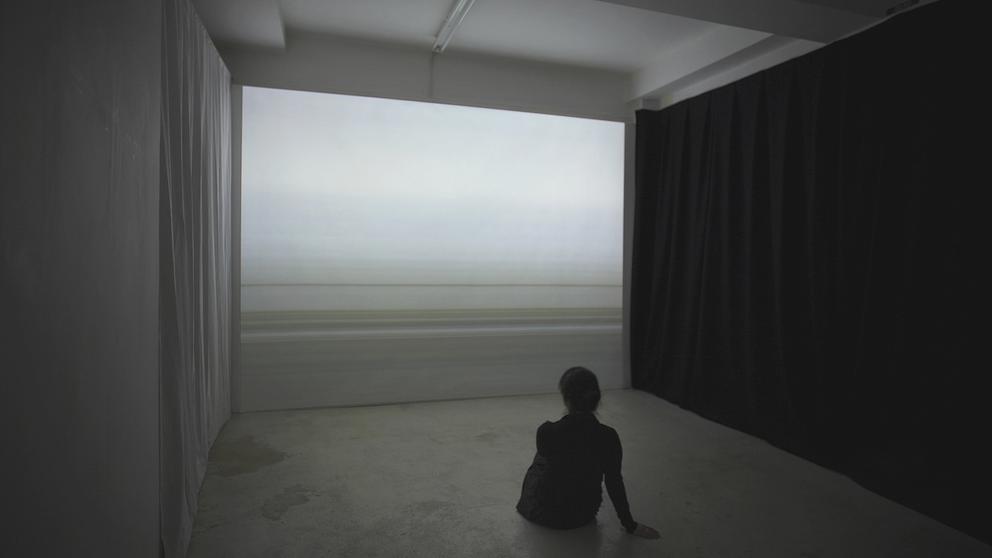But now, the horizon is hard to make out. Not only has the coronavirus quieted the usually bustling spring arts calendar, it has failed to provide a convenient end date that we can plan around. Some arts organizations are optimistic, still hoping to hold in-person events scheduled for late May and June. At the same time, many of Seattle’s signature summer happenings — Seattle International Film Festival, Northwest Folklife Festival, Shakespeare in the Parks, Capitol Hill Block Party, the ZooTunes concert series — have already been canceled.
Artists and organizations are pivoting faster than Pacific Northwest Ballet dancers, who, by the way, recently staged a beautiful section of the canceled show One Thousand Pieces (by choreographer in residence Alejandro Cerrudo) on video. The cast performs the parts they had rehearsed for months, not on stage but in isolation, in living rooms, hallways and outdoor spaces, wearing sweats and street clothes.
The old adage about constraint spawning creativity is proving true — from virtual marimba concerts on Sunday mornings (by Seattle musician Erin Jorgensen) to an in-development “Netflix for local performances” to a strange and strangely appealing animated talk show series on YouTube, in which a cat interviews guests about the impacts of the coronavirus (by local filmmaker Marcy Stone-Francois).
Is all this impromptu art making local artists any money? Amid the joys of the new online entertainment is the harsh reality that artists are largely out of work, both in terms of lost creative gigs, as well as secondary jobs that often pay the bills. As Crosscut’s Margo Vansynghel reported this week, between March 15 and 21, unemployment claims in the arts, culture and entertainment sector in Washington increased by 2,375%. (And as she wrote, “that’s not a typo.”)
That story lists the many emergency funds — totaling millions of dollars —that have been created to help arts organizations and artists survive this tumultuous period. But many question whether it will be enough.
What’s on the horizon? In lieu of answers, this week I spent some time staring at an actual horizon — a digital version captured by interdisciplinary artist Yann Novak. About 10 years ago, the former Seattleite created Stillness: Oceanic, a video made from years of photographs taken of the Pacific Northwest horizon. Digitally blurred together, the image — which on first glance looks a bit like a Rothko painting in grays — changes almost imperceptibly, depending on atmospheric conditions.
In 2015, Novak installed the piece at The Broad contemporary art museum in Los Angeles, as a massive diptych projection, alongside a companion video, Stillness: Subtropical, made in the same fashion but with photographs of the Southern California horizon. The Broad recently put footage of the Stillness installation online (part of its own coronavirus-induced pivot). In the museum’s interview, Novak — who created the piece after moving from Seattle to Los Angeles — says he wanted to compare the two places that had such consistent, and consistently different, weather.
The first thing I noticed when looking at this meditative piece is that the LA horizon is much more purple-orange-mauve than our own gray-silver-green wash. That shouldn’t be surprising, and yet I was still struck by the side-by-side comparison. Like, whoa. (I was also thrilled to see all the people milling about the gallery space — so close! So convivial! Ah, memories.)
Novak says in creating the piece he was thinking about the emotional effects on the inhabitants of these radically different meteorological states. (He doesn’t say one is perpetually cheerful and the other can be kind of a drag, though I can’t help noticing he hasn’t moved back to Seattle). His larger aim was to create “an immersive environment perfect for contemplation and personal reflection.”
We’re being forced to do a lot of that lately, as we stare at the horizon where our home meets the world outside. And as I took in Stillness, it seemed to perfectly match our current state. We stay mostly indoors and lose track of what day it is, adrift from the customary anchor of weekend plans. The city is shuttered — even our landmark Space Needle is closed — and the congregational aspect of the arts scene has been boxed up for later. Stillness abounds. But, just as in Novak’s video, the atmospheric conditions are causing changes. Artists are shifting slightly every day, in ways we might not perceive until we see the composite picture.
For weekly updates from Brangien about the shifting landscape of local arts amid coronavirus, subscribe below.
Get the latest in local arts and culture
This weekly newsletter brings arts news and cultural events straight to your inbox.






